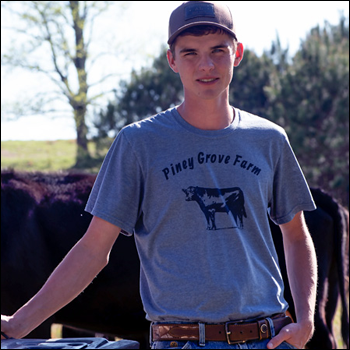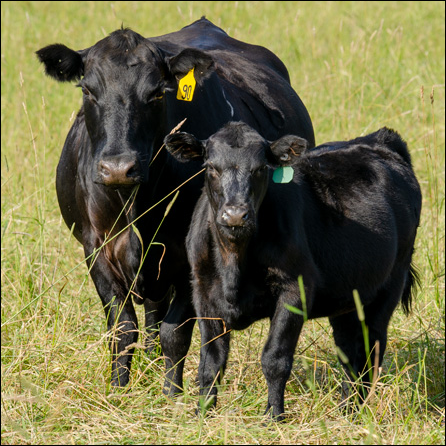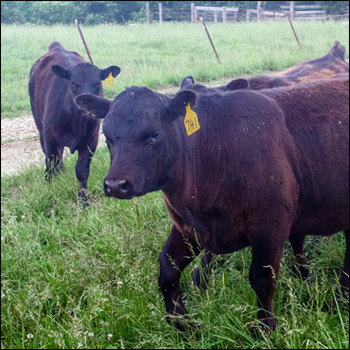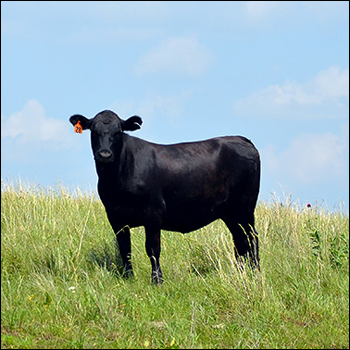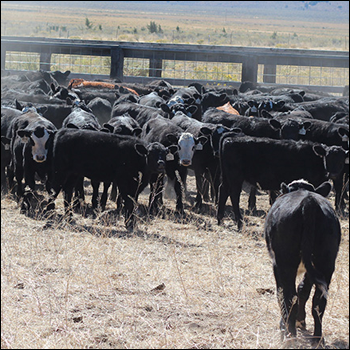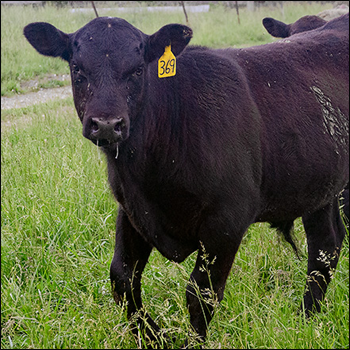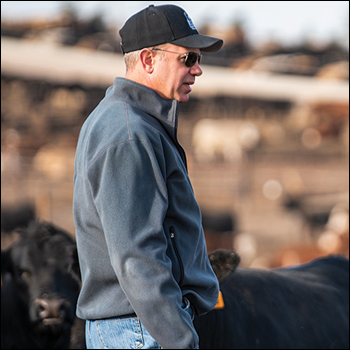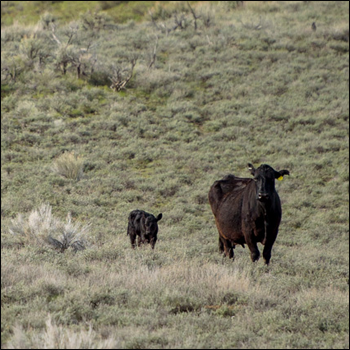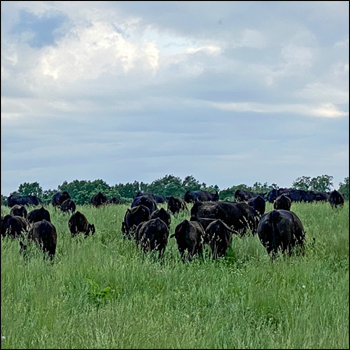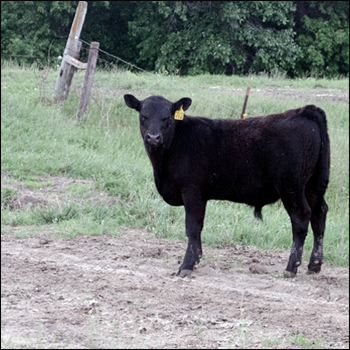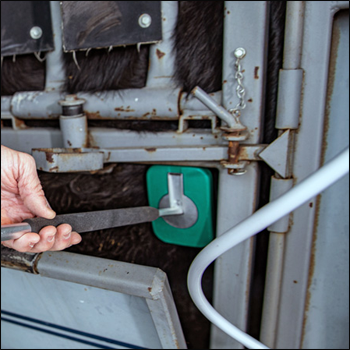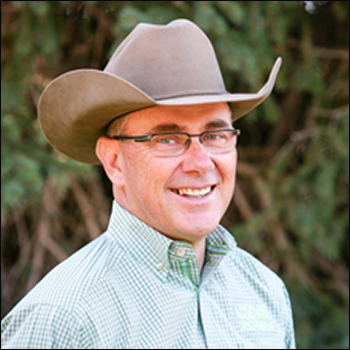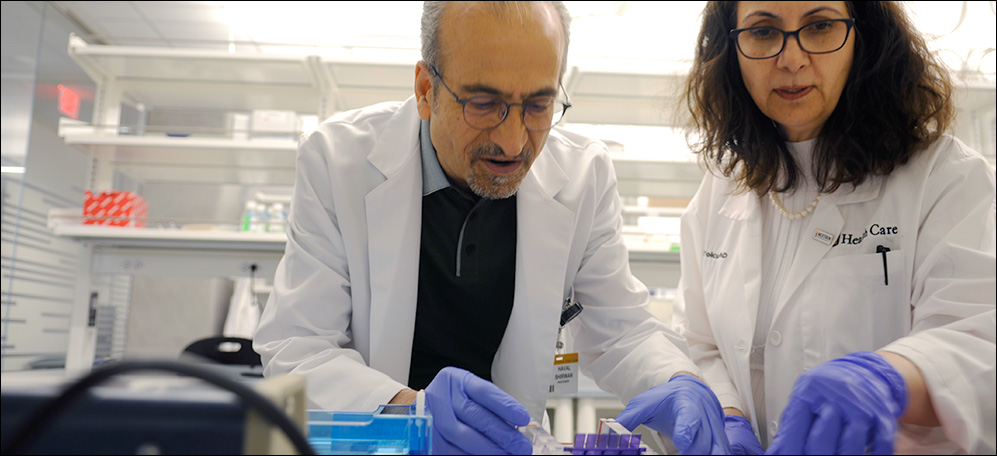
Modifying the Body’s Immune System to Help Treat Type 1 Diabetes
Scientists develop a novel diabetes treatment involving transplanting pancreas cells that produce insulin.
In a new study, a team of researchers from the University of Missouri (MU), Georgia Tech and Harvard University has demonstrated the successful use of a novel Type 1 diabetes treatment in a large animal model. Their approach involves transplanting insulin-producing pancreas cells — called pancreatic islets — from a donor to a recipient, without the need of long-term immunosuppressive drugs.
In people living with Type 1 diabetes, their immune system can malfunction, causing it to attack itself, says Haval Shirwan, a professor of child health and molecular microbiology and immunology in the MU School of Medicine, and one of the study’s lead authors.
“The immune system is a tightly controlled defense mechanism that ensures the well-being of individuals in an environment full of infections,” Shirwan says. “Type 1 diabetes develops when the immune system misidentifies the insulin-producing cells in the pancreas as infections and destroys them. Normally, once a perceived danger or threat is eliminated, the immune system’s command-and-control mechanism kicks in to eliminate any rogue cells. However, if this mechanism fails, diseases such as Type 1 diabetes can manifest.”
Diabetes affects the body’s ability to produce or use insulin, a hormone which helps regulate how blood sugar is used in the body. People living with Type 1 diabetes do not make insulin, and therefore are unable to control their blood-sugar levels. That loss of control can lead to life-threatening complications such as heart disease, kidney damage and eye damage.
Over the last two decades, Shirwan and Esma Yolcu, a professor of child health and molecular microbiology and immunology in the MU School of Medicine, have targeted a mechanism, called apoptosis, that destroys “rogue” immune cells from causing diabetes or rejection of transplanted pancreatic islets by attaching a molecule called FasL to the surface of the islets.
“A type of apoptosis occurs when a molecule called FasL interacts with another molecule called Fas on rogue immune cells, and it causes them to die,” says Yolcu, one of the study’s first authors. “Therefore, our team pioneered a technology that enabled the production of a novel form of FasL and its presentation on transplanted pancreatic islet cells or microgels to prevent being rejected by rogue cells. Following insulin-producing pancreatic islet cell transplantation, rogue cells mobilize to the graft for destruction, but are eliminated by FasL engaging Fas on their surface.”
One advantage of this new method is the opportunity to potentially forgo a lifetime of taking immunosuppressive drugs, which counteract the immune system’s ability to seek and destroy a foreign object — such as an organ or, in this case, cell, transplant — when introduced into the body.
“The major problem with immunosuppressive drugs is that they are not specific, so they can have a lot of adverse effects, such as high instances of developing cancer,” Shirwan says. “So, using our technology, we found a way that we can modulate or train the immune system to accept, and not reject, these transplanted cells.”
Their method uses technology included in a U.S. patent filed by the University of Louisville and Georgia Tech, and has since been licensed by a commercial company with plans to pursue FDA approval for human testing. To develop the commercial product, the MU researchers collaborated with Andres García and the team at Georgia Tech to attach FasL to the surface of microgels with a proof-of-efficacy in a small animal model. Then, they joined with Jim Markmann and Ji Lei from Harvard to assess the efficacy of the FasL-microgel technology in a large animal model, which is published in this study.
Editor’s note: This article and photo are provided by the University of Missouri.

Angus Proud
In this Angus Proud series, Editorial Intern Jessica Wesson provides insights into how producers across the country use Angus genetics in their respective environments.
 Angus Proud: Scott Sproul
Angus Proud: Scott Sproul
Oklahoma operation learned wisdom of moving calving season to better suit their marketing needs.
 Angus Proud: Bubba Crosby
Angus Proud: Bubba Crosby
Fall-calving Georgia herd uses quality and co-ops to market calves.
 Angus Proud: Jim Moore
Angus Proud: Jim Moore
Arkansas operation retains ownership through feeding and values carcass data.
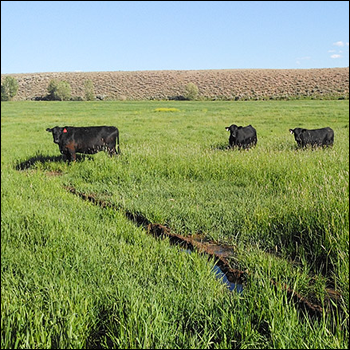 Angus Proud: Stephen Shiner
Angus Proud: Stephen Shiner
Idaho operation rotates pastures in summer and raises crops for winter.
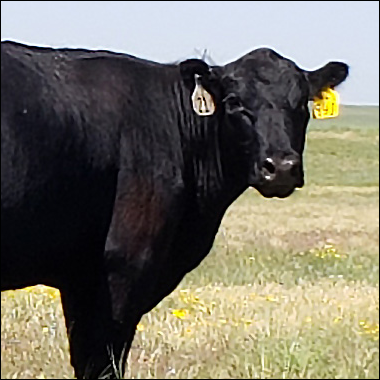 Angus Proud: Brian Nusbaum
Angus Proud: Brian Nusbaum
Angus cattle fit cattleman’s marketing goals and helped him set out on his own.
 Angus Proud: Les Shaw
Angus Proud: Les Shaw
South Dakota operation manages winter with preparation and bull selection.
 Angus Proud: Jeremy Stevens
Angus Proud: Jeremy Stevens
Nebraska operation is self-sufficient for feedstuffs despite sandy soil.
 Angus Proud: Dave Rutan
Angus Proud: Dave Rutan
Angus breeder gets the most out of his bull investment by partnering with opposite calving-season operation.
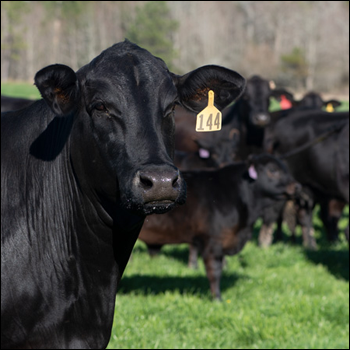 Angus Proud: Nickey Smith
Angus Proud: Nickey Smith
AngusLink helps Louisiana cattleman gain more for his calves.
